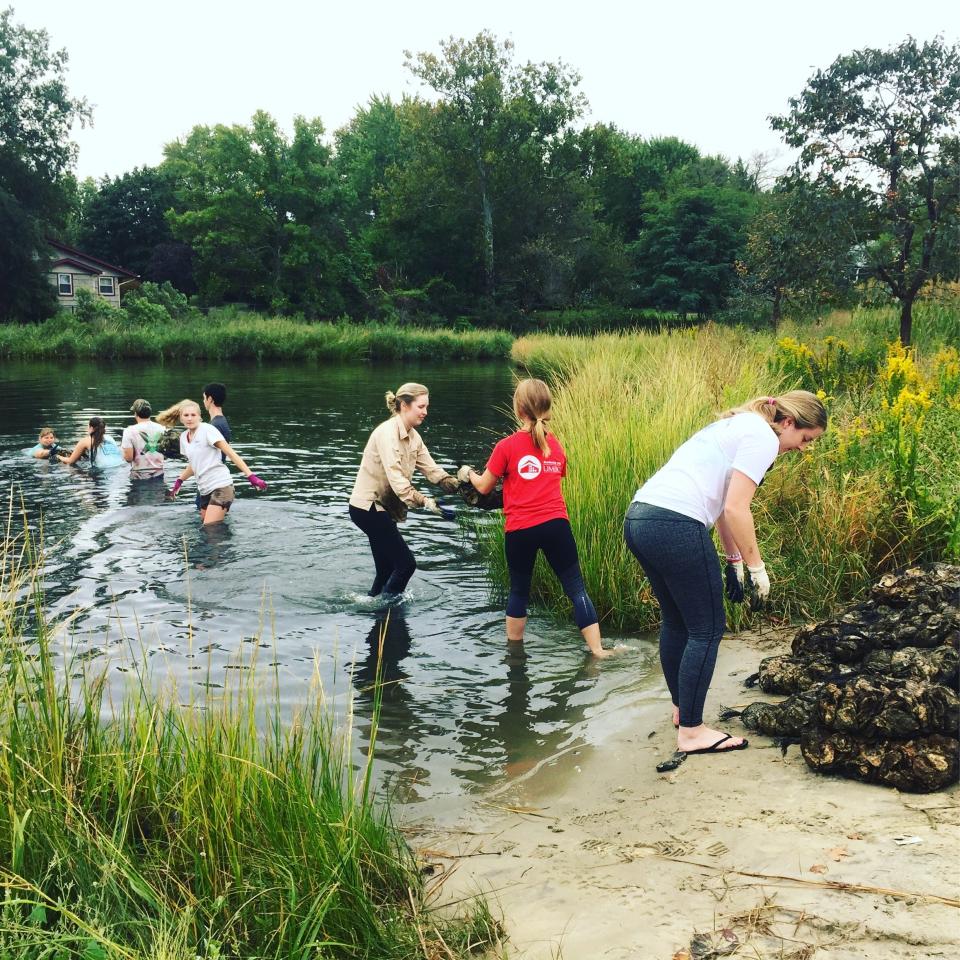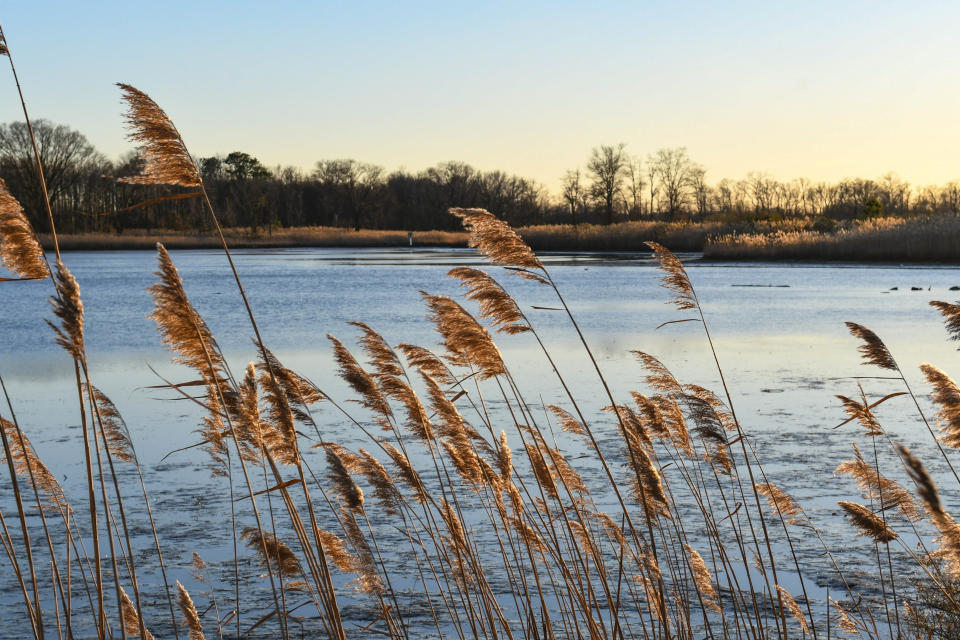Chesapeake Bay 'dead zones' show big decline: What it means for fish, crabs and economy
The ominously named "dead zones" in the Chesapeake Bay are more than hyperbole and represent potentially millions of dollars lost on industries tied to the Bay, so a report citing improvements is welcome news.
The annual Chesapeake Bay Hypoxia Report for August, released by the Maryland Department of Natural Resources, noted "dissolved oxygen conditions in the Chesapeake Bay mainstem of Maryland and Virginia continued to be much better than average."
The department worked in collaboration with Old Dominion University and looked at results collections during regular, twice-monthly monitoring cruises conducted by research vessels. Throughout the summer, the cruises recorded hypoxic areas of the Bay – water with low enough dissolved oxygen to harm marine life – that have been smaller than those recorded in previous years.
"The better-than-average August dissolved oxygen conditions we are experiencing is not surprising considering the reduced river flows from January through May, as well as less nitrogen carried to the Bay because of nutrient management efforts. Continuing these efforts to reduce nutrient pollution throughout the entire watershed will improve water quality conditions, helping to support all of our aquatic resources," said Tom Parham, director of the Tidewater Ecosystem Assessment at the Maryland Department of Natural Resources.
According to Chesapeake Bay Program statistics, the saltwater recreational fishery in the Bay creates over $1.6 billion in revenue for the region. The commercial seafood fishery in Maryland and Virginia adds another $1.4 billion in sales. That translates to an estimated 30,000 jobs in the industry.
More on restoration efforts Oyster restoration efforts at new heights on Chesapeake Bay, with these groups leading way
Maintaining a diverse ecosystem around Chesapeake Bay

"Fish, crabs, and all other species in the Bay breathe oxygen that is dissolved in the water, so most species prefer five milligrams per liter of water," said Doug Meyers, Maryland Senior Scientist for the Chesapeake Bay Foundation. "Hypoxia is when it gets to below two milligrams per liter, and you can have no oxygen at less than 0.2 milligrams per liter of water. This report is great because the lower the level of dissolved oxygen, the more of the Bay is (healthy)."
Positive trends in the overall health of the Bay are often precarious as they rely on long-term strategies.
The hypoxic water volume — waters with less than 2 mg/l oxygen — was 0.31 and 0.72 cubic miles respectively during the early and late August monitoring cruises, compared to early and late August averages of 1.37 and 1.076 cubic miles since 1985.
This year’s data from early August ranks as the smallest volume of hypoxic water volume on record and late August was the eighth smallest volume for their respective time periods.
"We're doing a great deal to reduce the nitrogen phosphates in the watershed. These are the pollutants that are fueling the algae blooms that reduce the oxygen. We got lucky this year in the fact that the rains that deliver those pollutants didn't come until the fall," Meyers said.
More on storms in the region Tropical storm: Ocean City braces for winds, rain; Smith Island urged to evacuate
Chesapeake Bay health: Weather circumstance or policy success?

Warming waters could create more difficult circumstances for the Bay along with a more active storm and hurricane season in the Delmarva Peninsula.
In late June, this forecast expected Chesapeake Bay mainstem hypoxic volume to be 33% lower than the 38-year average, due to reduced river flows from January through May 2023, as well as less nitrogen carried to the Bay because of nutrient management efforts.
"It's not time to declare victory over Bay pollution just because we had a low rainfall year," said Tom Pelton, a spokesperson for the Enviornmental Integrity Project. "That has always meant a healthier Bay because that's less pollution running off into our waters. With climate change, we're likely to see higher rainfall totals in the future, so this won't be a permanent situation."
According to Pelton, the positive data is more likely a weather circumstance rather than a policy success.
"The Bay defines the economy, culture, and geography of Maryland. So if we care about our state, we all need to be committed long-term to its improvement. We need to do more to control suburban sprawl and farm runoff," Pelton said.
Maryland and Virginia’s monitoring results thus far have matched the forecast of better-than-average conditions.
More on Gov. Moore and conservation Maryland Gov. Wes Moore doubles down on Chesapeake Bay conservation efforts
This article originally appeared on Salisbury Daily Times: 'Dead zones' decline in Chesapeake Bay: By weather or policy success?

